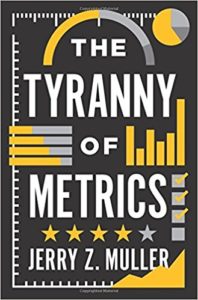Vivienne Ming is blunt about her lack of traditional leadership skills:
I’m a pretty mediocre manager. I try to do the right things, but I’m much more focused on problems than I am on people. (HBR)
Ming is the co-founder of Socos, a machine learning company focused on helping people become better learners.
Ming is taking a different approach to leadership within Socos: leading by.. well not really leading. Ming focuses on solving problems, not playing CEO – an approach called “problem-led leadership.”
If I can get some people that are really good at the things that I’m not, then I can focus on my strengths. And my strengths are in creative problem solving — all the way down to writing the code myself.
The MIT Leadership Center is starting to research and codify this style. Problem-led leaders are distinct:
- They choose challenge over trappings.
- They let problems lead.
- They choose collaboration.
- They step up and step out.
- They work the problem tirelessly.
- They do what the data say.
This is a really different approach than we’re often encouraged to take. The obvious con to this approach is that if Ming’s team needs a leader and no one steps up, then the team goes without leadership and the whole project may fail.
But the pros are enormous too. Ming can focus on the big problem the company is trying to solve. And Ming always has the option to simply hire someone else to solve leadership challenges without forfeiting control of the company.
Finally, Ming is also sending a clear and consistent message about the company’s culture and values while also reminding employees that she’s not there to baby-sit anyone:
I get out there, and I solve problems. And I hope that motivates my colleagues to do the same.
Personally, I think problem-driven leadership is an interesting strategy. If more problem-centric individuals thought more about what leadership style would best fit their personality and strengths, we’d have a lot few bad bosses and a lot more successful companies.
